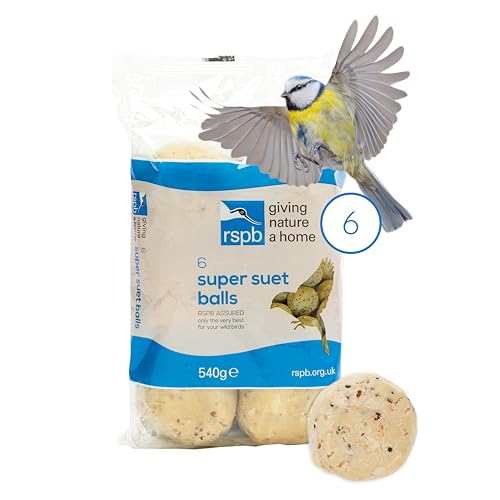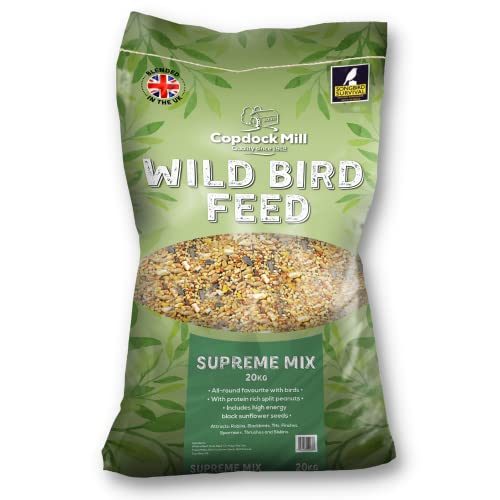Monty Don says we should be feeding birds correctly as nesting season begins — here’s how to get it right
Lend garden birds a helping hand this nesting season
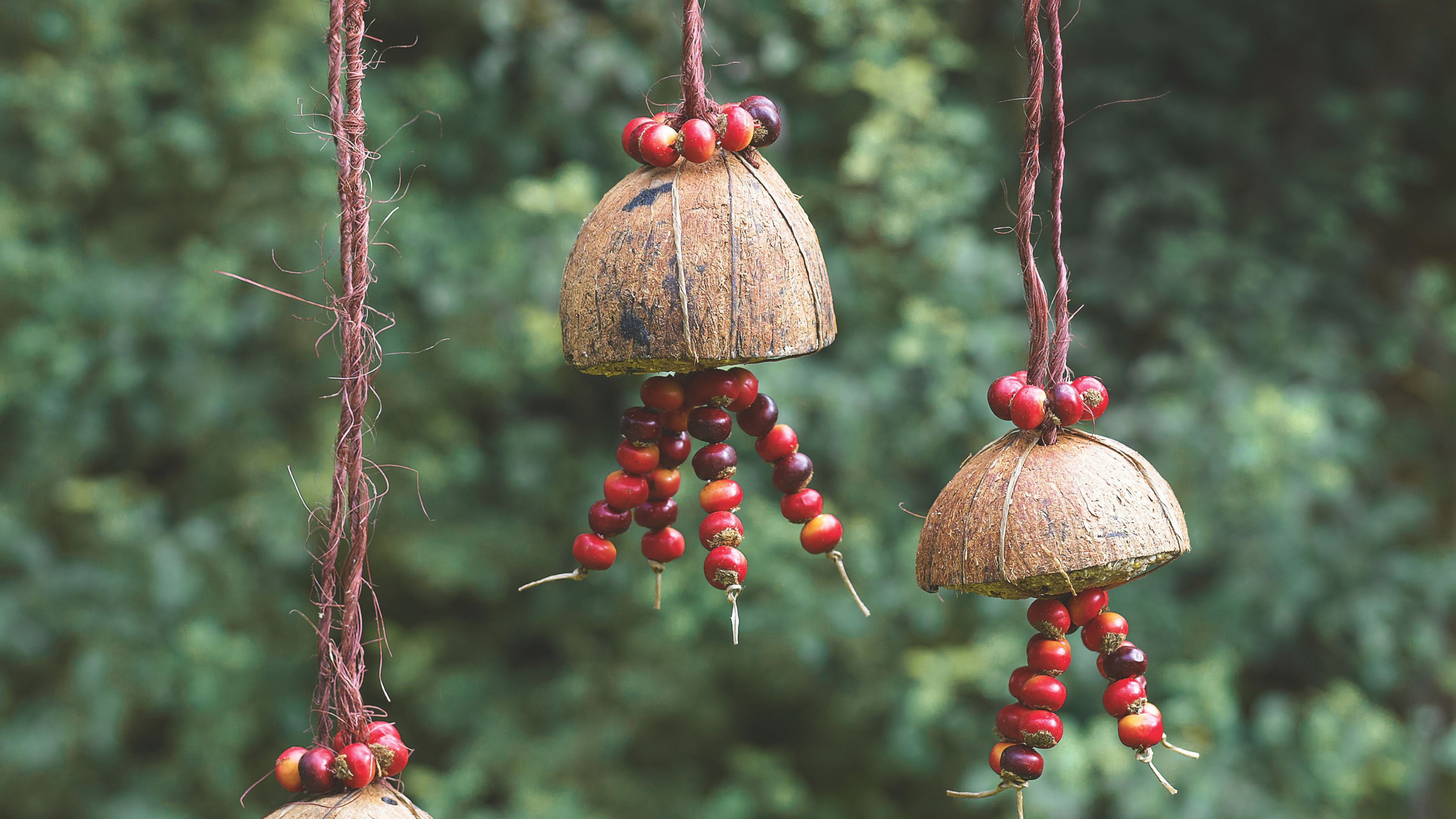

We’re forever fans of Monty Don’s gardening tips, but this month, the garden guru is focusing on wildlife, too — and as the nesting season begins, he says feeding the birds is more important than ever.
Knowing what to feed birds in a garden will depend on the time of year, but in his popular gardening blog, Monty says fat, nuts and seeds are the best options for February.
‘Keep on feeding birds, as they are now beginning to mate, nest and lay their first clutches of eggs,’ Monty says.
To find out why, we’ve explored Monty’s tips in detail and checked in with ornithologists and wildlife experts to get the lowdown on the importance of bird feeding during nesting season.
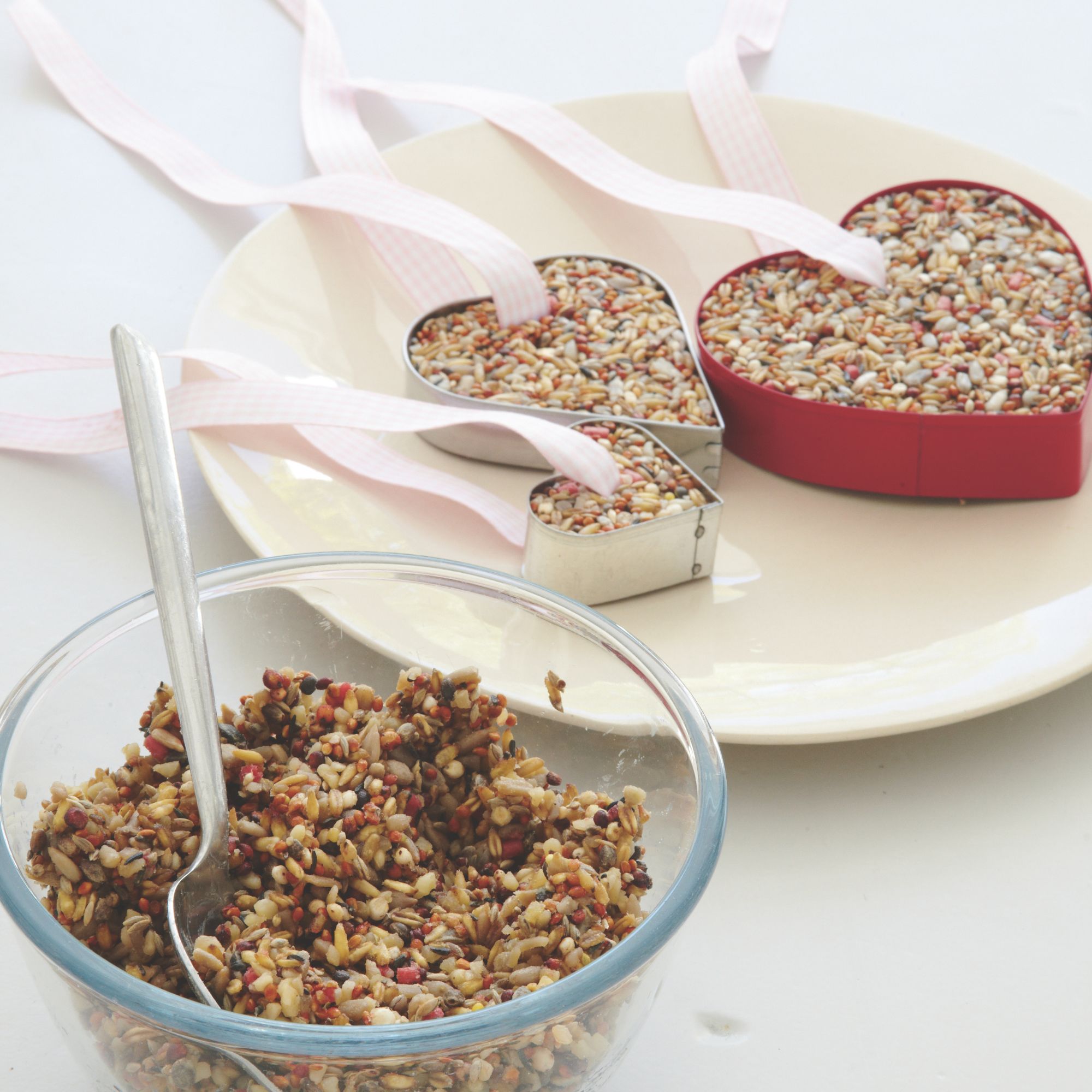
On his blog, Monty recommends stocking up on fat balls, nuts and seeds this month — and if you're looking for ways to make a shed bird-friendly, a feeder or two could be the answer.
‘Sunflower hearts are a perfect choice with the shells removed, as they offer fast, healthy food, packed with fat and protein,’ says Sean McMenemy, wildlife expert and founder of Ark Wildlife. ‘Fat balls also offer a rich blend of quality animal and vegetable fats with added seeds for extra nutrition.’
Just make sure they’re replenished every day to offer feathered visitors a constant supply of food.
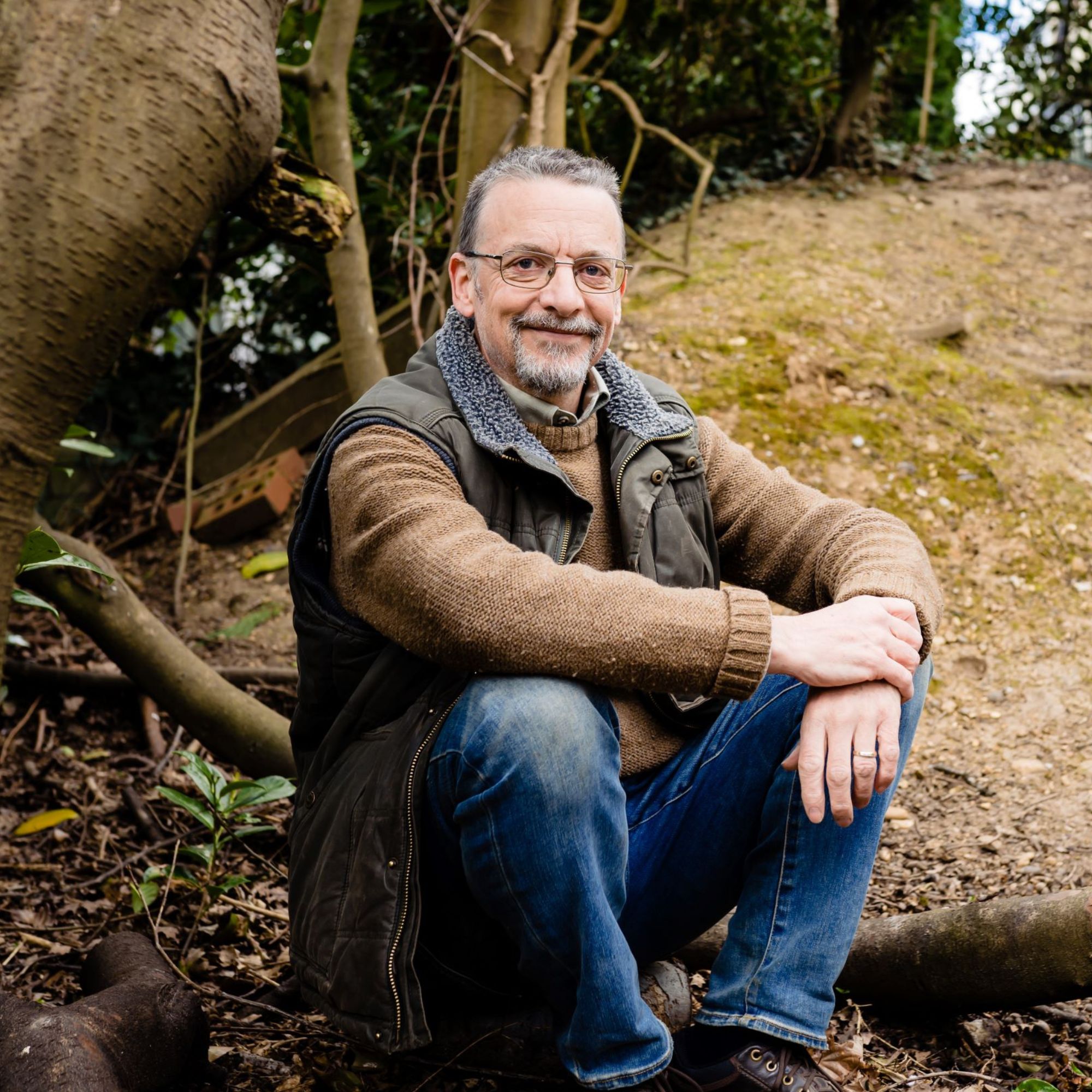
Passionate wildlife-enthusiast, Sean McMenemy is founder of the leading wildlife solutions company, Ark Wildlife. A life-long lover of nature, Sean’s earliest childhood memories are of him outdoors and amongst nature, and this is where his passion for garden wildlife bloomed. This interest then became a business when he launched his garden landscape company that specialised in wildlife-friendly designs in 1991, which later evolved into the bird and garden wildlife food and habitat provider it is today.
Where to buy bird food
Why is a rich diet so important for birds at this time of the year? ‘The better nourished the parent birds are, especially in cold weather, the larger and healthier the offspring will be,’ Monty explains.
Besides lending nature a helping hand, attracting birds that eat slugs is a great way to protect your garden from the critters.
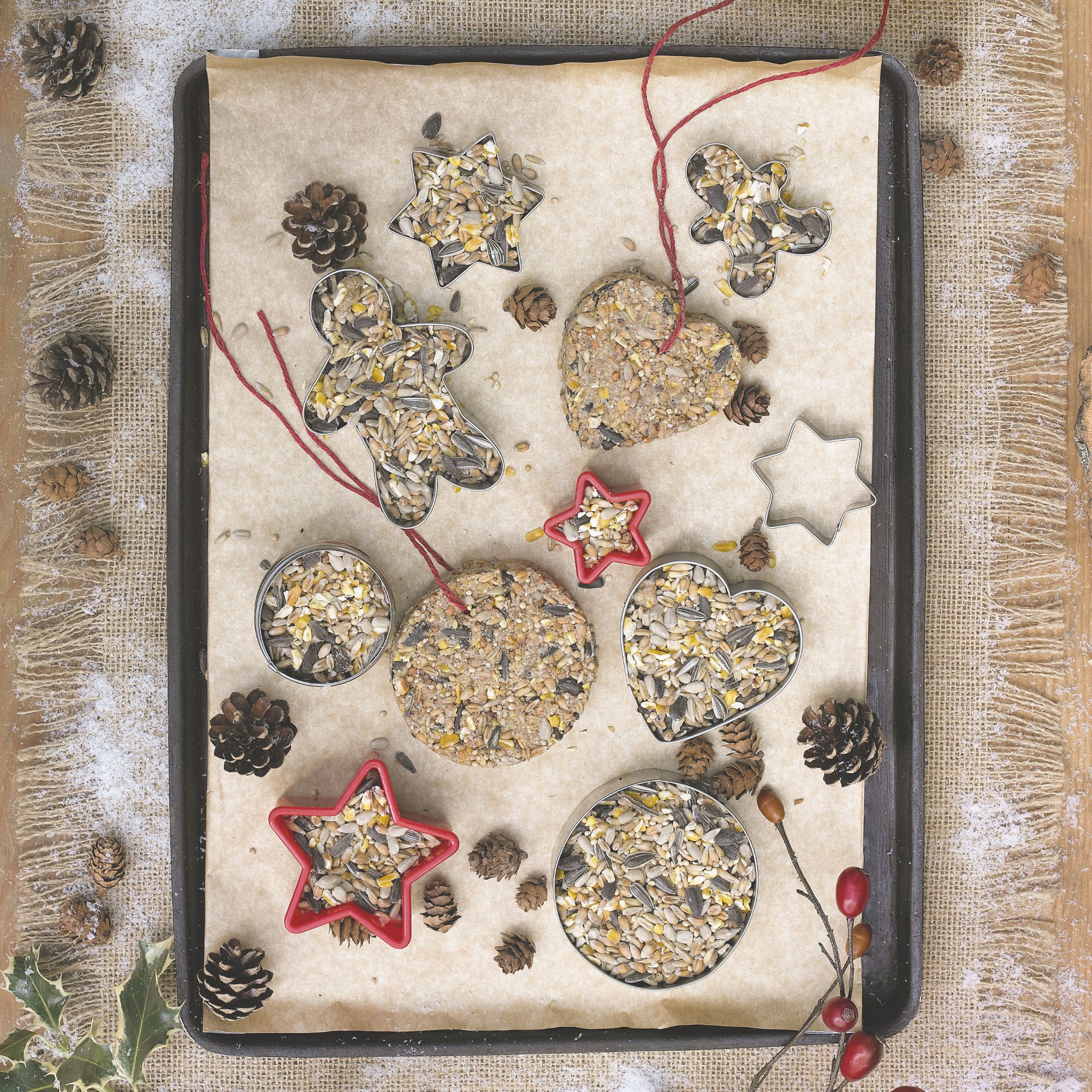
What else can you do to help birds in February?
Besides getting your bird feeders stocked up this month, Monty says we should 'be sure to provide fresh drinking and bathing water,' — so it's the perfect time to learn how to clean a bird bath so it's in tip-top shape for the breeding season ahead (or buy a brand-new one — there's a great selection of bird baths at B&Q).
And it’s not all about the bird feeders, either — Maria Kincaid, head ornithologist at FeatherSnap, says natural sources are just as vital.
‘Having native and natural sources of food is just as, if not more, important during the nesting season,’ she says. ‘This ensures not only that the breeding pair have enough food and nutrients to reproduce, but that we’re giving the next generation of birds the best opportunity to thrive and grow, too.'
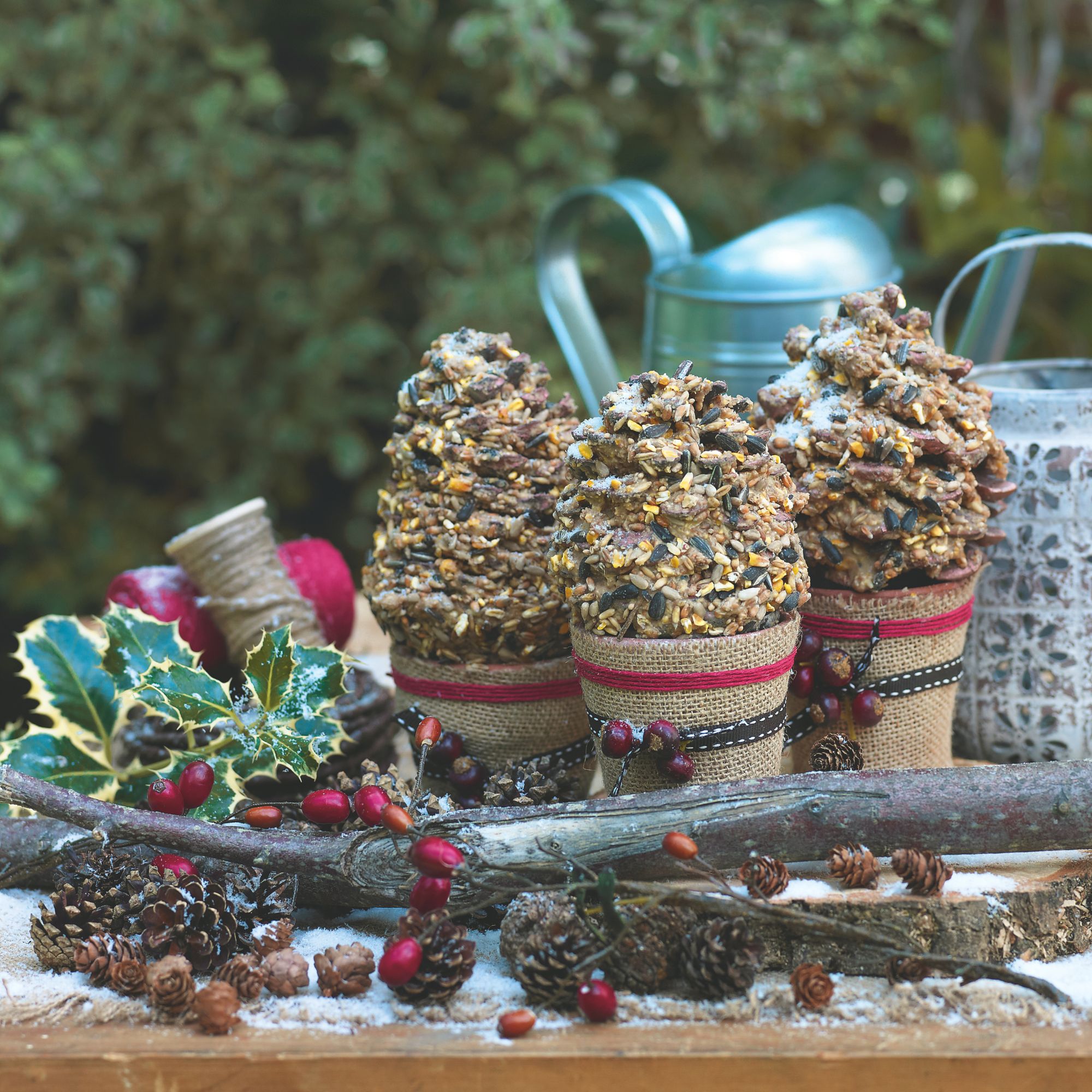
In fact, Sculpture by the Lakes’ wildlife officer, Rebecca Porter, thinks natural food sources are more eco-friendly than commercial bird food — especially as we enter the summer months.
'Insects are in serious decline, so one of the best things we can all do for the birds during the breeding season is look after our insects,’ she says. ‘Money spent on insect-friendly plants is a better investment over the summer.
So, it’s a great time to start thinking about wildlife garden ideas and get planting for an insect-friendly haven come summer.
‘Also, leaf litter or woodpiles massively increase your insect and other invertebrate variety and availability for a range of birds, from wrens and chaffinches to thrushes and blue tits,’ Rebecca adds.
Get the Ideal Home Newsletter
Sign up to our newsletter for style and decor inspiration, house makeovers, project advice and more.

Sophie joined the Ideal Home team as Gardens Editor in June 2024. After studying English at Royal Holloway, University of London, she began writing for Grow Your Own, which spurred on her love of gardening. She's tried growing almost every vegetable under the sun, and has a soft spot for roses and dinnerplate dahlias.
As Gardens Editor, Sophie's always on the lookout for the latest garden trend. She loves sharing growing hacks for every space, from herbaceous borders to balconies.
You must confirm your public display name before commenting
Please logout and then login again, you will then be prompted to enter your display name.
-
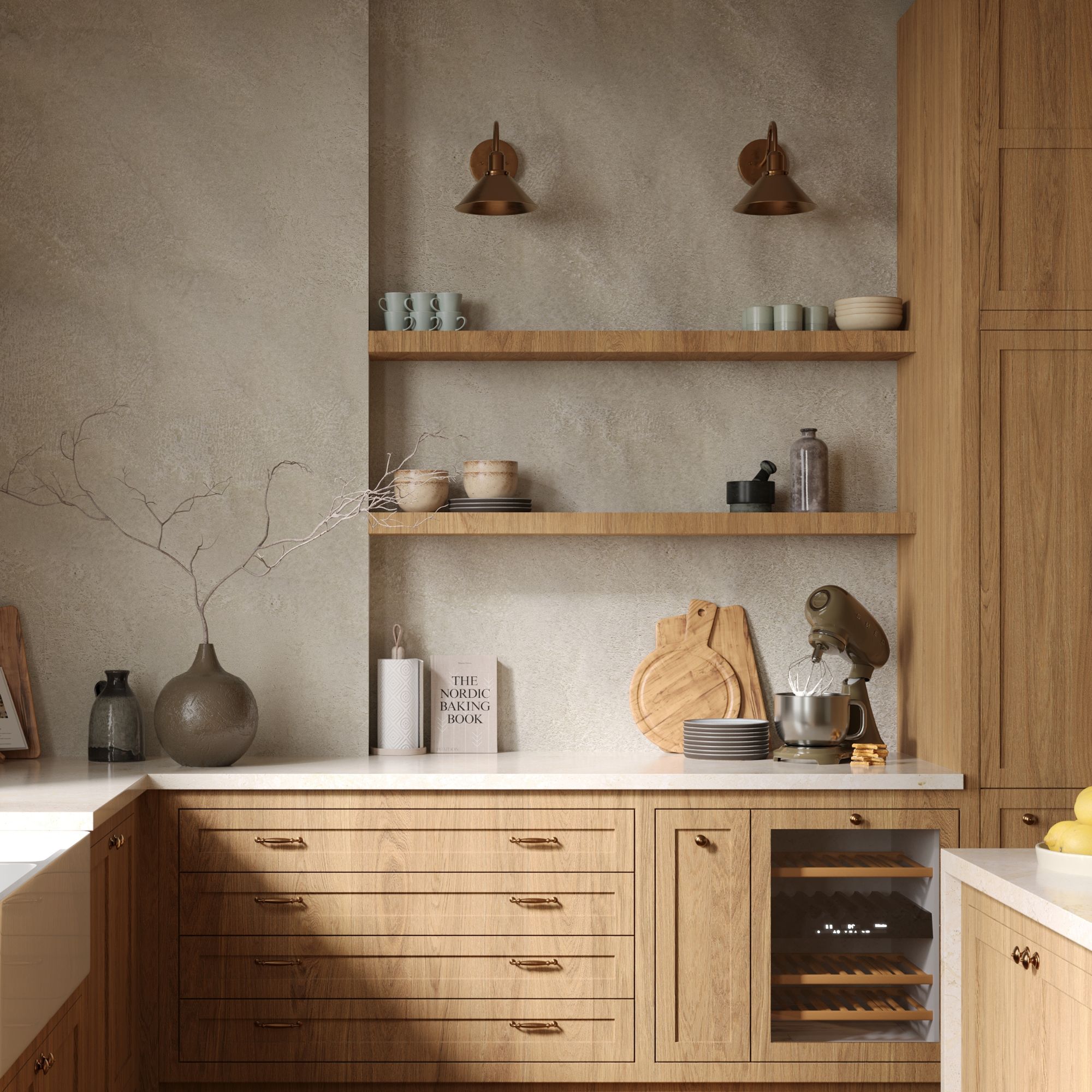 Wood drenching is the calming new twist on the colour drenching trend – here’s how to make the look work in your home
Wood drenching is the calming new twist on the colour drenching trend – here’s how to make the look work in your homeIt’s easier than ever to embrace natural materials
By Maddie Balcombe
-
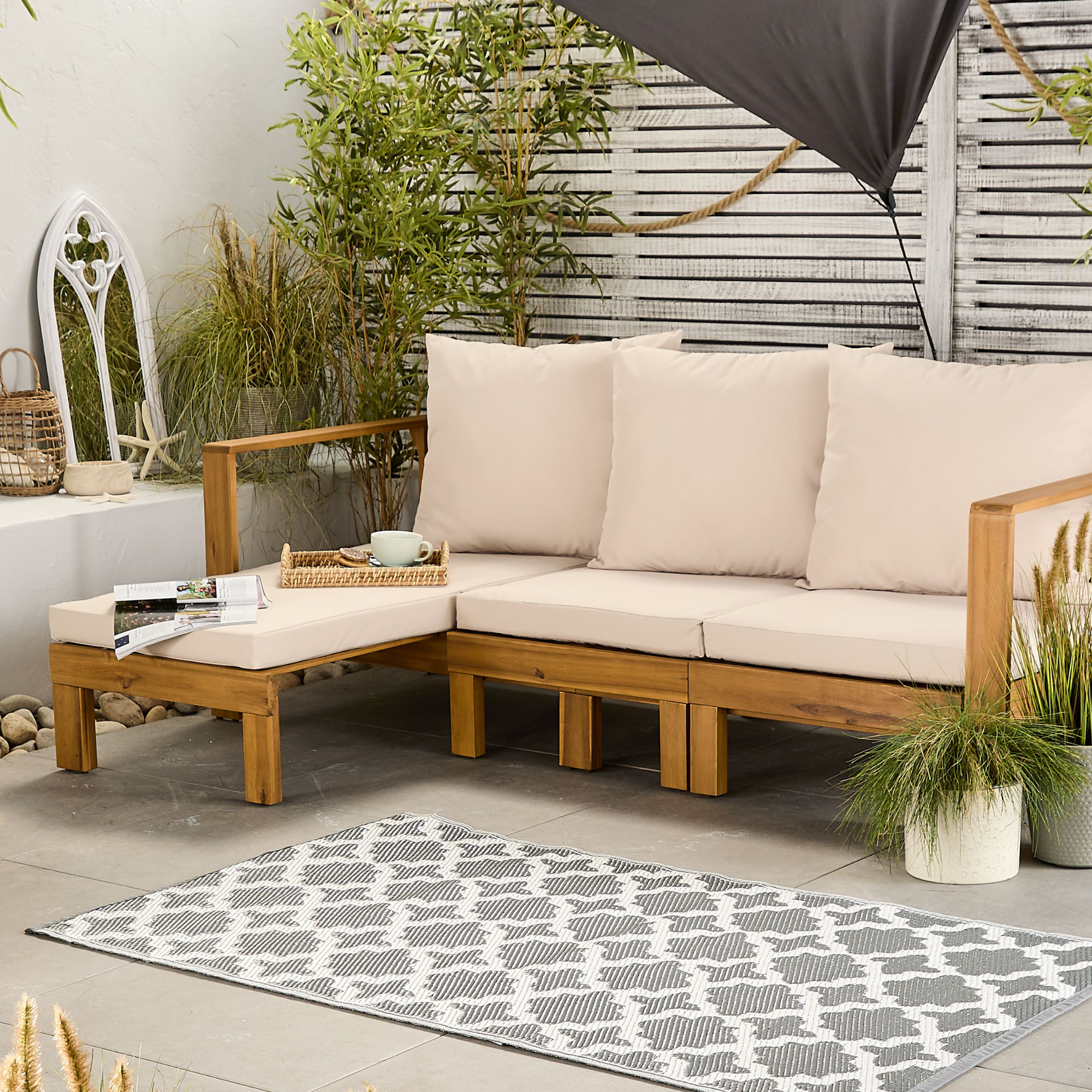 Aldi is launching a £200 day bed with four different features - its sleek design is suited to the whole family
Aldi is launching a £200 day bed with four different features - its sleek design is suited to the whole familyYou don't want to miss out on this Specialbuy
By Kezia Reynolds
-
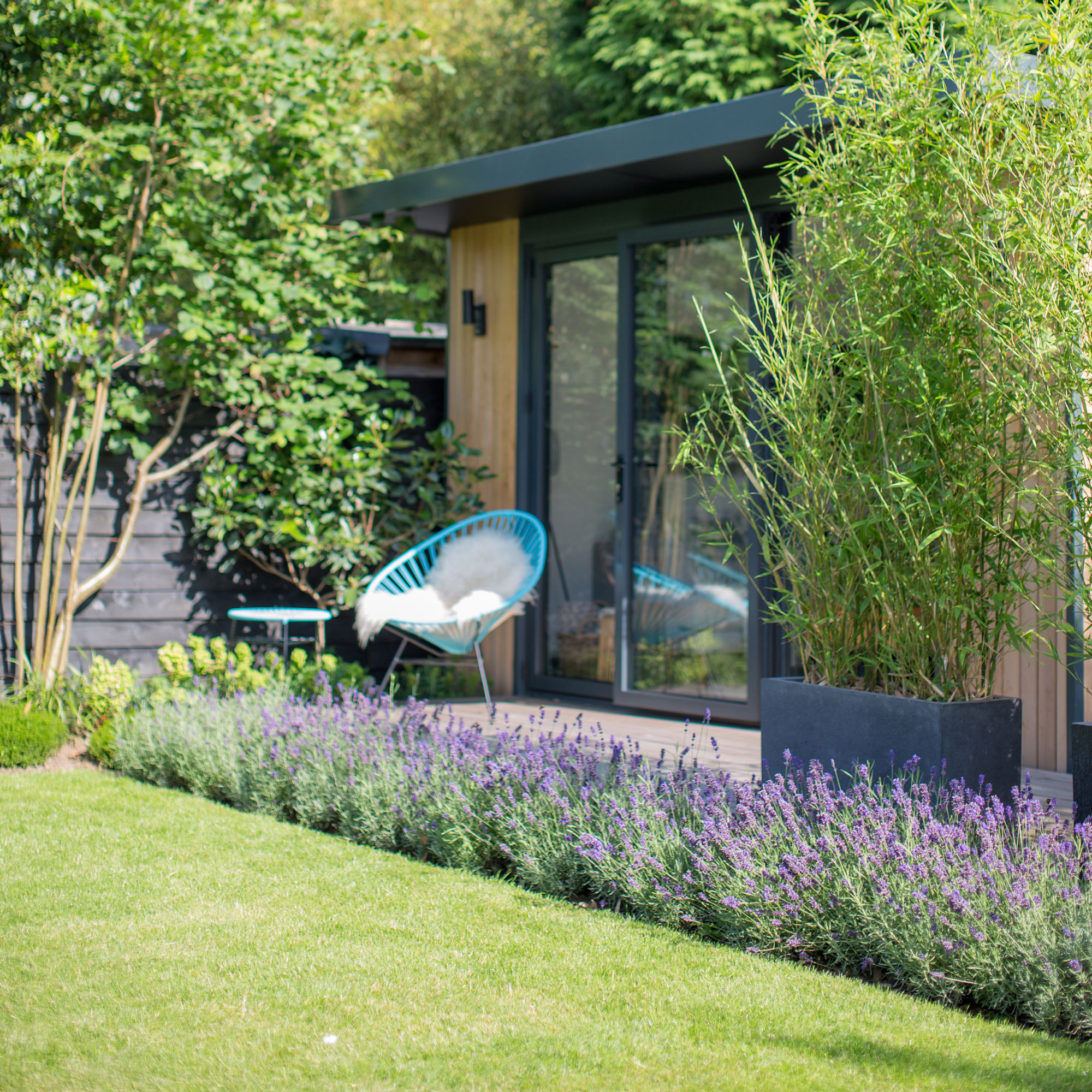 How to set up a drip watering system that saves water and a lot of effort
How to set up a drip watering system that saves water and a lot of effortKeep your plants hydrated (and your water bill down) with this clever garden watering solution
By Natalie Osborn
